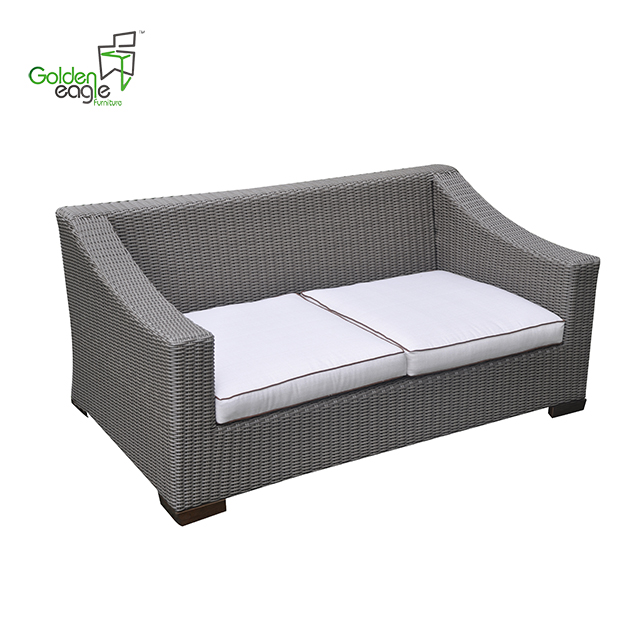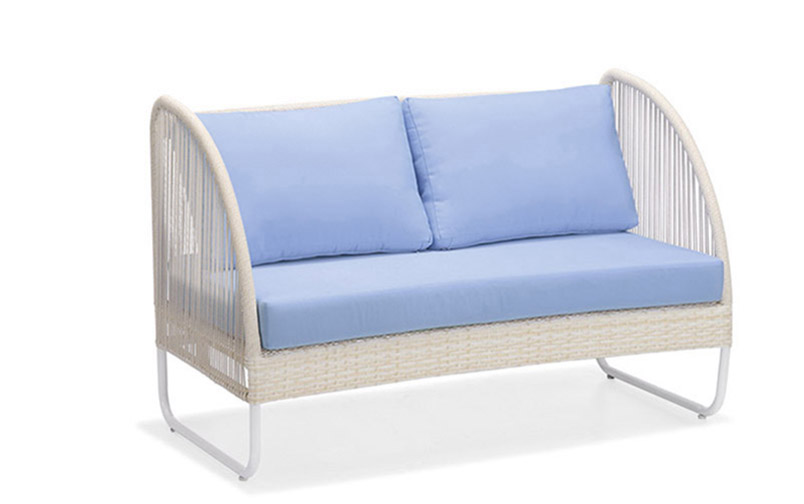Plastic bag composition
1, synthetic resin
Synthetic resin is the main component of plastics, and its content in plastics is generally 40% to 100%. Because of its high content and the nature of the resin often determines the nature of the plastic, people often refer to resin as a synonym for plastic. For example, polyvinyl chloride resin is mixed with polyvinyl chloride plastic, phenolic resin and phenolic plastic. In fact, resin and plastic are two different concepts. Resin is a raw, unprocessed polymer that is not only used to make plastics, but also a raw material for paints, adhesives, and synthetic fibers. In addition to a very small percentage of plastic containing 100% of the resin, the vast majority of plastics, in addition to the main component resin, also need to add other substances.
2, filler
Fillers, also known as fillers, increase the strength and heat resistance of plastics and reduce costs. For example, the addition of wood flour to the phenolic resin can greatly reduce the cost, making the phenolic plastic one of the cheapest plastics, while also significantly improving the mechanical strength. Fillers can be divided into organic fillers and inorganic fillers, the former being wood flour, rags, paper, and various fabric fibers, and the latter being glass fibers, diatomaceous earth, asbestos, carbon black, and the like.
3, plasticizers
Plasticizers can increase the plasticity and softness of plastics, reduce brittleness, and make plastics easier to process and shape. Plasticizers are generally compatible with the resin, non-toxic, odorless, light and heat stable high-boiling organic compounds, the most commonly used phthalates. For example, in the production of PVC plastics, soft plastic PVC can be obtained by adding more plasticizers. If no plasticizer (less than 10%) is added, then rigid PVC plastics can be obtained. .
4, stabilizer
In order to prevent the synthetic resin from being decomposed and destroyed by light and heat during processing and use, and to extend the service life, stabilizers must be added to the plastic. Stearate and epoxy resins are commonly used.
5, coloring agent
Colorants allow plastics to have a variety of bright, beautiful colors. Common organic dyes and inorganic pigments are used as colorants.
6, lubricant
The role of the lubricant is to prevent the plastic from sticking to the metal mold during molding and at the same time make the plastic surface smooth and beautiful. Commonly used lubricants are stearic acid and its calcium and magnesium salts.
In addition to the above additives, flame retardants, foaming agents, antistatic agents, etc. may also be added to the plastic to meet different requirements for use.
The main raw material composition of the plastic bag is: food bag polyethylene (PE), polyvinyl chloride (PV), polypropylene (PP), polystyrene resin (PS).
Polyethylene:
Polyethylene is a thermoplastic resin obtained by the addition polymerization of ethylene. Depending on the polymerization conditions, polyethylenes with relative molecular weights ranging from 10,000 to several million can be obtained. Polyethylene is slightly white particles or powder, translucent, non-toxic and tasteless, good chemical stability, acid and alkali corrosion resistance. Commercially, polyethylene is classified into low, medium and high density. Generally used for packaging is low density without plasticizer (0.92g/cm3-0.93 g/cm3)
Polypropylene:
The relative molecular weight is between 80,000 and 200,000. The polypropylene backbone has a methyl side chain. If the methyl groups are all distributed on one side, they are called isotactic polypropylene; if the methyl groups are regularly distributed on both sides of the main chain, they are called syndiotactic polypropylene; if the methyl groups are randomly distributed on the main chain, they are called random. Polypropylene. Polypropylene is usually translucent solid, odorless and non-toxic, density (0.90g/cm3 - 0.91g/cm3), mechanical strength higher than polyethylene, good heat resistance. Among the three types of polypropylene, the production of isotactic polypropylene is the largest. Using titanium trichloride-chlorodiethyl aluminum as a catalyst, propylene is polymerized in hydrogenated saturated gasoline to obtain isotactic polypropylene.
Polystyrene:
The average relative molecular mass is about 200,000. Colorless, odorless, transparent resin, good light transmission. Glossy surface, flammable, density (1.05g/cm3 - 1.07g/cm3), excellent waterproof food bag, corrosion resistance, electrical insulation
Loveseat Furniture
LovLoveseat furniture means two seats sofa. Our loveseat furniture has a relaxed, southern attitude, intricately handwoven in driftwood-weathered resin wicker. Relax and unwind in thick, all-weather seat and back cushions.
Handwoven premium resin wicker UV resistant
· Rust-resistant powder-coated frames
· Cushions included with 30 density sofa foam
· Versatile tempered glass tables
· Cushions also available with 100% waterproof fabric.
GE loveseats furniture with different style and hand weaving


If you have any questions, please contact with us directly. Outdoor Sofa Furniture are produced
by Golden Eagle Outdoor Furniture With High Quality and Good Appearance. Welcome you can visit our Factory.For any inquiry,Please send mail directly to us.
Loveseats Furniture,Loveseat Sofa Bed Furniture,Loveseat Sofa Furniture,Modern Loveseat Sofa Furniture
Golden Eagle Outdoor Furniture Co., LTD. , https://www.geleisurefurnitures.com